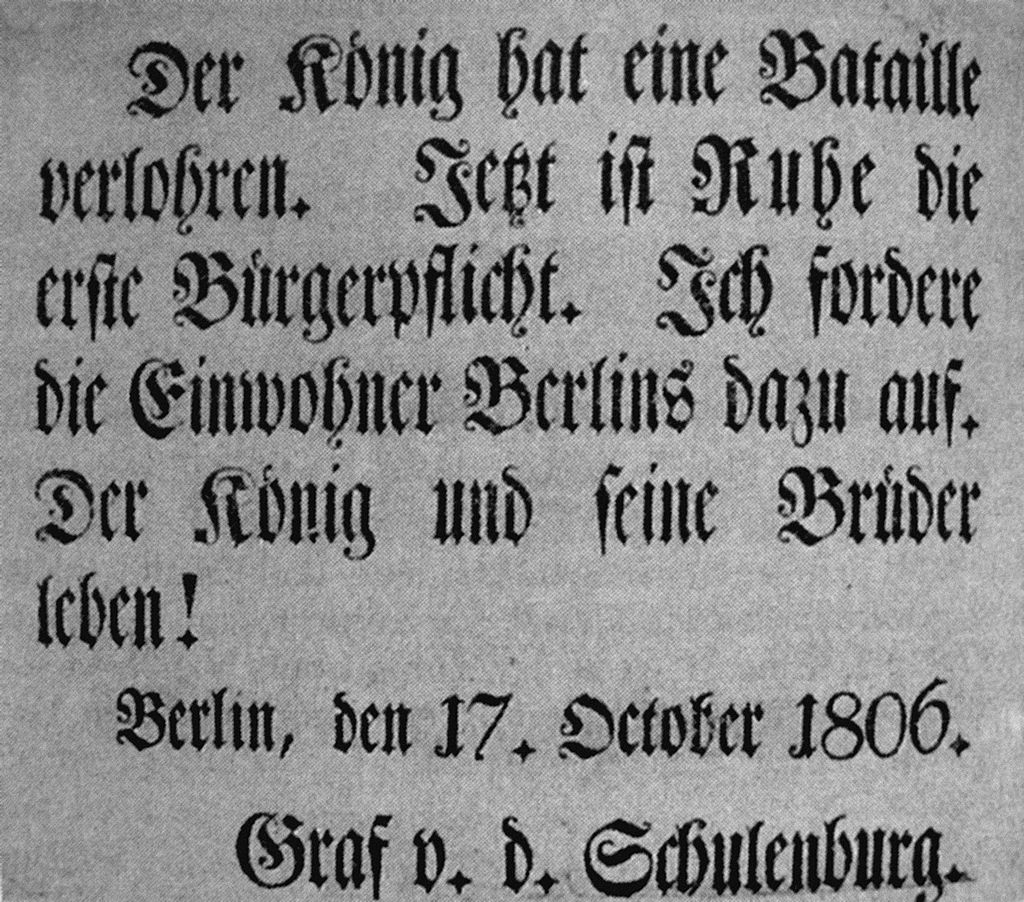

Over time, the term also came to refer to the small marks that showed where a vowel sound had changed. He coined the term in 1819, referring specifically to the historical sound change described above. History holds that the first person use the word umlaut in its modern sense was Jacob Grimm of The Brothers Grimm fame. A cursive e in old German script has two parallel lines and over time this e was reduced to the two dots over the vowel that we see today.

Proto-Germanicīecause German writers needed a way to represent this changed sound, they began adding an e at the top of the vowel that changed. We can see the same process in English with the words foot and feet.

Historically some vowels in German changed because of other vowels that occurred after them. An example of this usage is seen in the French word “naïve.” What’s the history of umlauts? In these languages, the marks remind speakers not to combine vowel sounds but to pronounce each clearly. In French and Spanish, this same symbol as an umlaut is used, but it represents something quite different called a diaeresis. Rather than implying an accent or emphasis, German umlauts are independent characters with variations that represent both long and short sounds. When we’re discussing German umlauts, you’ll find there are three in use within the alphabet including Ä, Ö, and Ü. Translated from German, the word umlaut means “changed sound,” and it refers to the historical vowel changes that umlauts originally marked within a German word. It can also refer to the process where a vowel sound shifted in the past. The word umlaut actually doesn’t only mean the marks themselves however. What is an umlaut?Īn umlaut is often thought of as the two dots over letters, usually vowels, in the German language. Deciphering what the marks mean is the first step in understanding umlauts and using them to improve your pronunciation. And while they may seem intimidating or unfamiliar to English speakers, umlauts and other diacritic marks guide pronunciation and can be extremely helpful for language learners. You’ve probably seen umlauts at some point-those mysterious little dots hovering over letters in languages.


 0 kommentar(er)
0 kommentar(er)
